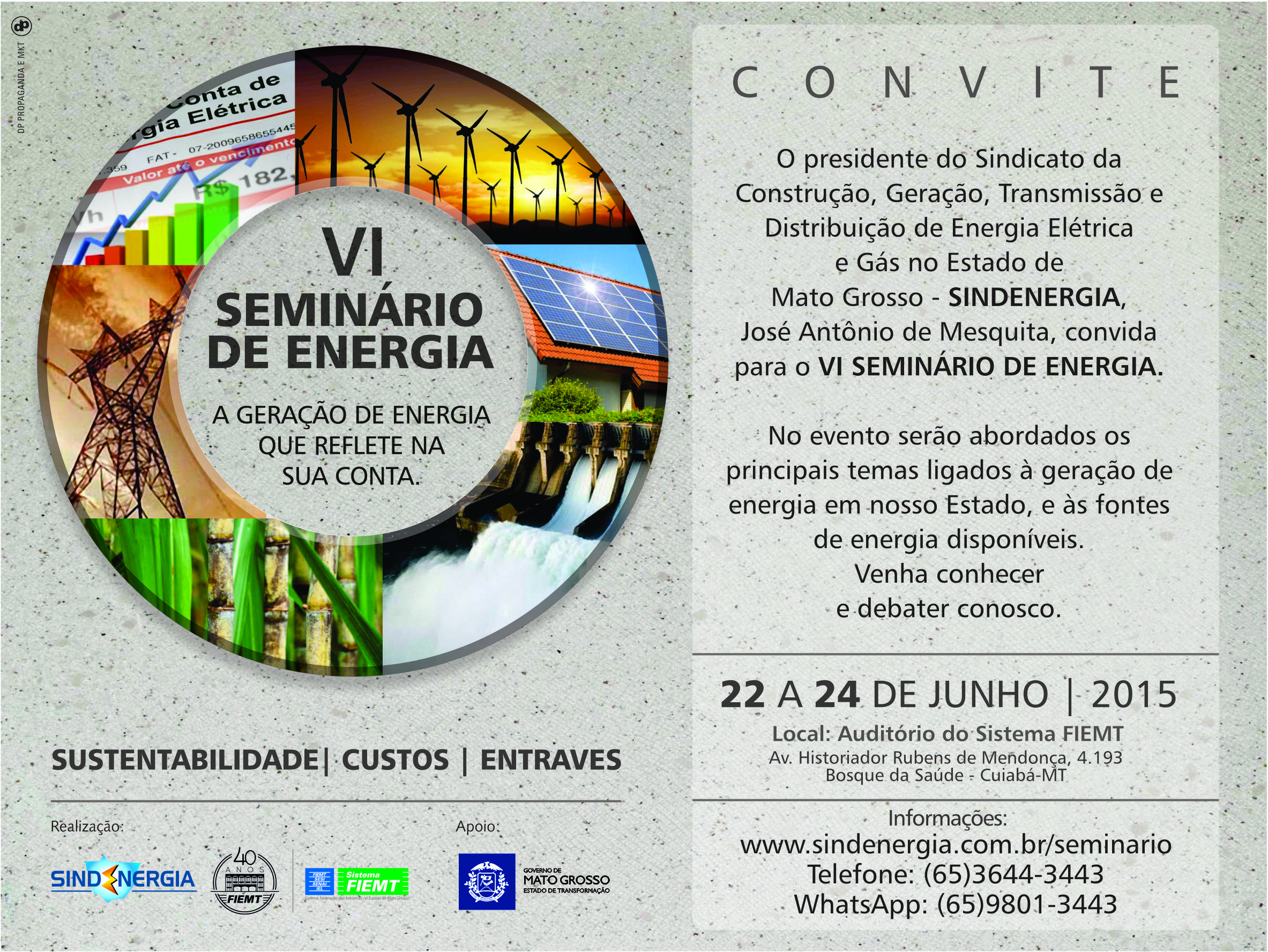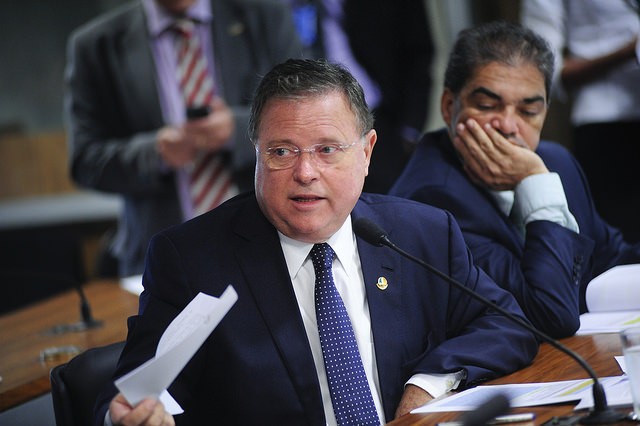Fonte: ANEEL
The college of directors of the Brazilian Electricity Regulatory Agency (Aneel) approved yesterday (12/16) an updated version of the Risk Aversion Curves (CAR) of the Southwest/Center-West, South, Northwest and North subsystems for the period of 2009/2010. Resulting from studies elaborated by the Electric System National Operator (ONS) and the contributions presented in the public consult proceeding promoted by the Agency between December 3 and 11, the new curves will be in force as from January
The Risk Aversion Curve is a mechanism which establishes the minimum storage level of the hydropower plants necessary for the production of energy with safety for the interconnected system. Instituted by the Resolution no. 109, of the Electricity Crisis Management Office (GCE), in January, 2002, it works as an indicator of occasional risks regarding shortage of energy caused by alterations in the storage volume of the hydropower plants’ reservoirs.
The CAR for 2009 establishes a minimum storage level of 21% in early January for the reservoirs of the Southwest/Center-West subsystem. At its peak, established for April and May – at the end of the wet season -, the Curve reaches 59%. In November, it reaches the lowest level, 29%. For 2010 the indexes are going to vary between 10%, in the months of November and December, and 47% in March and April.
For the South subsystem, the projected curve for 2009 is going to oscillate between 13% and 22%. As for 2010, the peak is going to be of 20% and the lowest point, 13%.
For the Northwest subsystem, the required storage is going to vary between 11% and 51% in 2009, and 48% and 10% in 2010.
As for the North region, it was defined that no curve would be utilized for 2009/2010, as its benefit is not clearly characterized. ONS was held responsible for presenting, within a maximum period of 90 days, a proposal for the mid-term utilization of an operational curve for the North region, which represents adequately the policy of de maximum exploration of the Tucuruí reservoir and the exchanging capacity of the North region, with the consequent minimization of the operational costs.
In all cases, the established premises for the definition of the load aversion curves the energy transmission limits between the regions; the availability of generations of the gas-fuelled thermoelectric plants due to the signature of the Commitment Term by Petrobrás; the diversity of the rain systems and the occurrence of simultaneous critical hydrological conditions in the different subsystems; the schedule of the generation works; the history of natural flow of the rivers and the multiple use of the hydric resources.
The technical notes relating to the public hearing, as well as the 14 contributions received by Aneel, are available on the link Audiências/Consultas/Fórum at the








